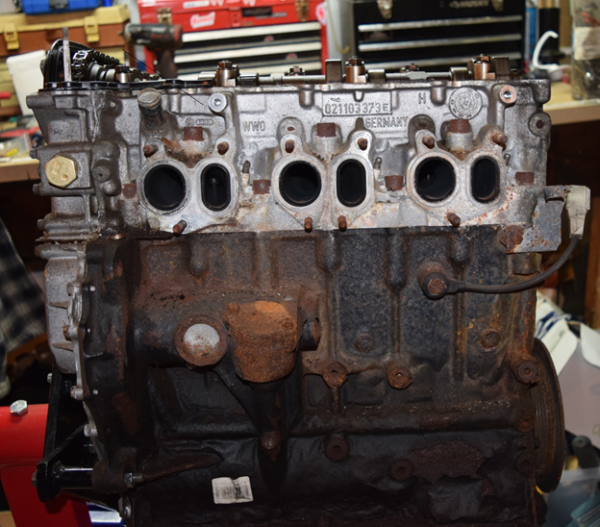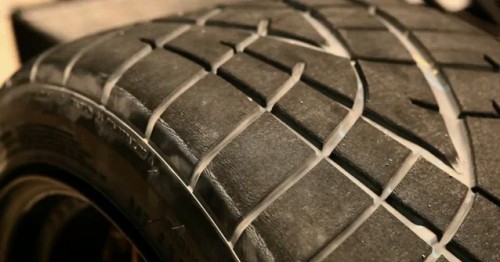
Drifting is an uprising motorsport that has grown enormously in the past five years – a sport that has made a handful of professional driver’s careers and furthered the reputation of others. Drifting has a large presence within the younger community, bringing regulated off-the-streets motorsports back into a common youth sport. The Formula Drift league has a firm grasp on its media presence, live-streaming current-season events, and threatening to take air time from other cable television motorsports.
You may be wondering why I call this the next true grassroots motorsport. Other basic motorsports, like autocross and drag racing, have always been open to the public; however, taking your car to the next level while feeling like you are competing at a near professional level without large brand funding has never felt farther away, at least until drifting gained traction. The use of mass production chassis and rules on suspension and drivetrain orientation make it seem like the car in your driveway has a chance against the pros’ cars. Don’t let this fool you, though. Major brands still back the budget on those big name, tire-shredding monsters you see on your screen during the season.




